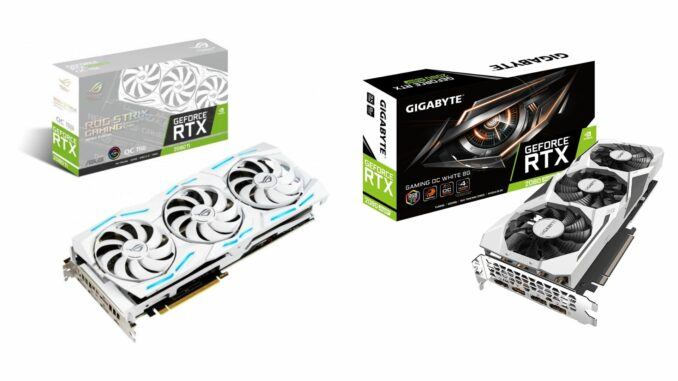

Building a new PC is an exciting experience. The custom PC market has exploded in recent years, allowing gamers to make their computers their own. However, the ability to customize and pick every component can be pretty overwhelming. In this series of articles, we will walk you through different things to consider when building a gaming computer. In today’s post, we cover things to consider when selecting a graphic processing unit (GPU).
What Does The GPU Do?
If you’re using your computer for the basics, the GPU is responsible for creating the onscreen images on your monitor. The CPU can handle most of these tasks for the basics, but you will need a lot more power if you are gaming. (Note: Not all CPUs have integrated graphics.) In order to get it, you will need a graphics card.
Video games are complex mathematical calculations, happening all at once to create the images on the screen. The GPU gets all the instructions for creating the onscreen images and then executes them. It starts creating the 3D graphic by creating a polygon (more specifically triangles, almost everything in video games are massive collections of triangles).
These basic shapes, in addition to lines and points, are known as primitives. They are then built up to create recognizable objects. The more polygons included, the more detailed the object will be. The GPU also has instructions on where these objects should be in a scene via a set of coordinates. This gets more complicated in dynamic environments. For example, a street will look different if you are standing on it vs. standing on a building looking down on it.
The GPU is designed to do all of the calculations at a light-speed pace, which is why gamers often need a separate GPU than what is integrated into the CPU. While you could rely on the CPU, it doesn’t have enough resources to handle all the tasks required, resulting in a poor experience.
Picking Your GPU
There are several models and types of GPUs on marketing. Determining which one you need can be challenging if you are new to gaming. Start with finding out your monitor resolution and picking the appropriate card to match that (1080P, 1440P, 4K, etc.). Additionally, all games will post the minimum hardware requirements in order to play the game successfully. Make sure your GPU is capable of displaying your favorite games.
If you found this article interesting or helpful, check out our other posts!
